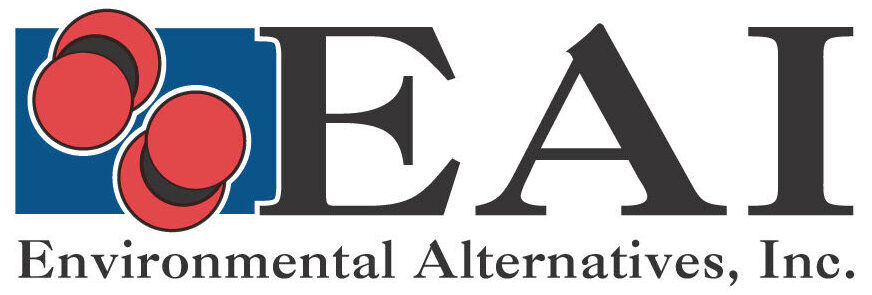Nuclear Decommissioning Transition
By Jessie West | October 21 2022
Nuclear Decommissioning Transition
When a company decides to close its nuclear power plant, the site must go through a decommissioning process. This transition from operation to closure safely removes the plant from service and reduces residual radioactivity, protecting the environment from exposure and allowing the property to be used for other purposes.
The Importance of Nuclear Power Plant Decommissioning
Proper decommissioning procedures are essential to ensuring the environment stays as safe and healthy as possible throughout a plant’s retirement process. Equipment and other components found in a nuclear power plant possess extreme levels of radiation that can be harmful to humans, animals and plant life if not disposed of properly.
The United States Nuclear Regulatory Commission (NRC) has stringent protocols to prevent damaging consequences from unregulated radiation entering the surrounding ecosystem. Their strict rules involve details for dismantling structures, cleaning up contaminated materials and removing radioactive fuel. The NRC’s requirements protect the public, the environment and the work of the power plant.
About 21 nuclear power reactor sites in the United States are currently undergoing a decommissioning process. Several more reactors are planning to transition over the coming years, emphasizing the need for thorough and protective decommissioning methods to ensure environmental safety.
Transition From Operations to Decommissioning
The decommissioning process begins once a licensee decides to shut down operations at their power plant. They have 30 days to submit a certification to the NRC notifying the organization of the plant’s permanent ending of operations.
The licensee must reduce the residual radioactivity to safe levels after closure so the NRC can release the property and terminate the facility’s license. Within two years of submitting the certification of permanent closure, the licensee must submit a report describing how they plan to accomplish the decommissioning process.
The report should provide descriptions of various decommissioning activities. The site will have 60 years to be decommissioned, so the plan should include details such as a schedule for accomplishing tasks and an estimate for expected costs to complete the process within the NRC’s set time frame. The plan should also discuss how environmental impacts will be considered and addressed.
Some specific decommissioning activities that need to be completed include removing the used nuclear fuel from the reactor and placing it into a used fuel pool to be stored either on- or off-site. Licensees will also need to dismantle systems or components with radioactive products and clean up after contaminated materials around the facility.
Three main decommissioning processes exist:
- SAFSTOR: This process involves safely storing radioactive elements for an extended amount of time. All the main components of a power plant will remain in place.
- DECON: The DECON approach centers on the decontamination or removal of radioactive materials and equipment. It can take about five years, sometimes lasting longer or shorter depending on a plant’s unique factors.
- ENTOMB: Radioactive contaminants will be encased on-site permanently. The NRC will monitor and maintain the site until levels are sufficient for the property’s release.
How Environmental Alternatives, Inc. Can Help With Decommissioning
When you need assistance in managing your decommissioning process, Environmental Alternatives, Inc. is here to help. We specialize in DECON decontamination, helping you prepare and clean your nuclear power plant safely and effectively. We use a turnkey decontamination approach to address a wide variety of challenges.
Since 1989, our team has provided quality decontamination and decommissioning services to help companies manage the end-of-life-cycle stage for their nuclear power plants. Our project managers and technicians work to deliver comprehensive solutions for projects of any size and strive to adhere to licensed termination plans. With decades of expertise and proven technologies, we provide safe and efficient nuclear decommissioning services.
Choose EAI for Nuclear Decommissioning
When you want to ensure your decommissioning process is accomplished in a safe, secure and environmentally friendly manner, EAI has the expertise and services you need. Trust us to provide the tailored solutions your business requires! Contact us online today to learn more about our nuclear decommissioning transition services.



